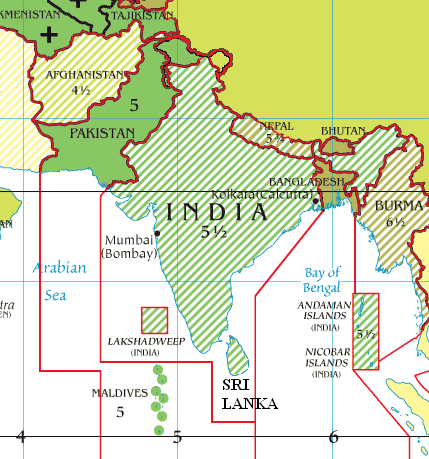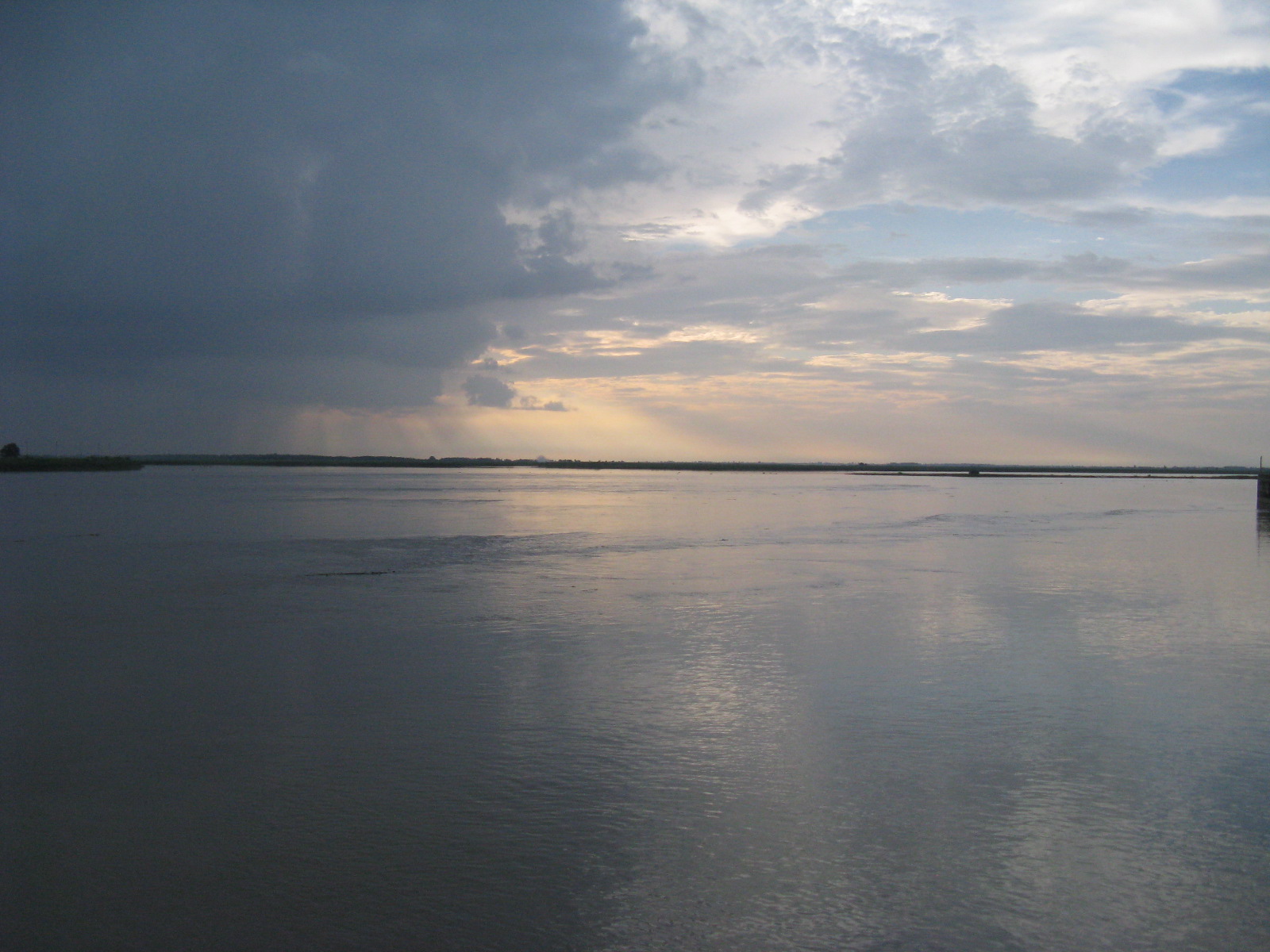|
DHAP
Dhap is a market center in Mahakali Municipality in Darchula District in the Mahakali Zone of western Nepal. The formerly Village Development Committee was merged to form new municipality since 18 May 2014. At the time of the 2021 Nepal census it had a population of 1443 people living in 325 individual households. The major ethnic group living in Dhap are Brahmins and Chhetris with the majority of Bista (Brahmin), Joshi, Bhatta, Pant, Raikhola caste. Temple of God Malikarjun and Temple of God Latinath are two main religious sites. The main educational institute is Malikarjun Secondary School, where one can study up to Undergraduate level from Elementary Level. The settlement of village of Dhap can be compared to a small valley. It is situated on the bank of Mahakali River with high hills around it. Thaligad, one of the major streams in the district flows through the heart of Dhap. The staple food is bhat (steamed rice) and dal (cereals and pulses) or palyau (cereal paste cook ... [...More Info...] [...Related Items...] OR: [Wikipedia] [Google] [Baidu] |
Zones Of Nepal
Until the establishment of seven new provinces in 2015, Nepal was divided into 14 administrative zones ( Nepali: अञ्चल; ''anchal'') and 77 districts ( Nepali: जिल्ला; ''jillā''). The 14 administrative zones were grouped into five development regions ( Nepali: विकास क्षेत्र; ''vikās kṣetra''). Each district was headed by a chief district officer (CDO), who was responsible for maintaining law and order and coordinating the work of field agencies of the various government ministries. List From east to west: * Eastern Development Region: ** Mechi Zone, named after the Mechi River ** Kosi Zone, named after the Kosi River ** Sagarmatha Zone, named after Sagarmatha (Mount Everest) * Central Development Region: ** Janakpur Zone, named after its capital city ** Bagmati Zone, named after the Bagmati River ** Narayani Zone, named after the Narayani (lower Gandaki) River * Western Development Region: ** Gandaki Zone, named after the ... [...More Info...] [...Related Items...] OR: [Wikipedia] [Google] [Baidu] |
Mahakali Zone
Mahakali ( ) was one of the fourteen List of zones of Nepal, zones located in the Far-Western Development Region, Nepal, Far-Western Development Region of Nepal, covering an area of 7449.28 km2 in the westernmost part of the country. It stretches along Nepal's far western border with India, marked by the Kali River (Uttarakhand), Kali River or Mahakali River. In 2015 Nepal discontinued use of zone designations in favor of provinces. The zone formerly known as Mahakali is now part of Sudurpashchim Province. Mahakali's headquarters is Bhimdatta (formerly called ''Mahendranagar'') in Kanchanpur District. The zone covers the Himalayas, Himalayan range including Api (mountain), Api Peak in the North, Hill valleys, Inner Terai Valleys of Nepal, Inner Terai valleys such as Patan Municipality in Baitadi District in the center and the outer Terai in the South. The name of this zone is derived from the Kali River (Uttarakhand), Kali River. Geography The boundary of this region wa ... [...More Info...] [...Related Items...] OR: [Wikipedia] [Google] [Baidu] |
Districts Of Nepal
Districts in Nepal are second level of administrative divisions after provinces. Districts are subdivided into municipalities and rural municipalities. There are seven provinces and 77 districts in Nepal. After the 2015 reform of administrative divisions, Nawalparasi District and Rukum District were respectively divided into Parasi District and Nawalpur District, and Eastern Rukum District and Western Rukum District. District officials District official include: * Chief District Officer, an official under Ministry of Home Affairs is appointed by the government as the highest administrative officer in a district. The C.D.O is responsible for proper inspection of all the departments in a district such as health, education, security and all other government offices. * District Coordination Committee acts as an executive to the District Assembly. The DCC coordinates with the Provincial Assembly to establish coordination between the Provincial Assembly and rural muni ... [...More Info...] [...Related Items...] OR: [Wikipedia] [Google] [Baidu] |
Nepal Time
Nepal Standard Time (NPT) is the time zone for Nepal. With a time offset from Coordinated Universal Time (UTC) of UTC+05:45 all over Nepal, it is one of only three time zones with a 45-minute offset from UTC.The others are Chatham Island Standard Time, with an offset of UTC+12:45, and the unofficial Australian Central Western Time, with an offset of UTC+08:45. Calculation NPT is an approximation of Kathmandu mean time, which is 5 hours, 41 minutes, and 16 seconds ahead of UTC. The standard meridian passes through the peak of Gaurishankar mountain about east of Kathmandu. History Nepal used local solar time until the year 1920, in Kathmandu UTC+05:41:16. In 1920, Nepal adopted Indian Standard Time Indian Standard Time (IST), sometimes also called India Standard Time, is the time zone observed throughout the Republic of India, with a time offset of UTC+05:30. India does not observe daylight saving time or other seasonal adjustments. I ..., UTC+05:30. In 1986 ... [...More Info...] [...Related Items...] OR: [Wikipedia] [Google] [Baidu] |
Mahakali, Darchula
Mahakali () is a municipality located in Darchula District of Sudurpashchim Province of Nepal. The municipality was established on 18 May 2014 named "Api Municipality" merging the former village development committees of: Brahmadev, Chhapari, Dhap, Kante and Khalanga. The total area of "Api municipality" had and it had a total population of 20,797 people. Fulfilling the requirement of the new Constitution of Nepal 2015, all old municipalities and villages (which were more than 3900 in number) were restructured into 753 new units, thus this municipality upgraded into Mahakali municipality On 10 March 2017, during upgradation of Api municipality a small portion of this municipality (ward 1, 2 & 3) excluded from it and Dattu Village development committee merged to it and renamed as Mahakali municipality. Now total area of the municipality has and total population of it is 21231 people, the municipality is divided into total 9 wards. Divisions Mahakali is divided into 9 wa ... [...More Info...] [...Related Items...] OR: [Wikipedia] [Google] [Baidu] |
Nepal
Nepal, officially the Federal Democratic Republic of Nepal, is a landlocked country in South Asia. It is mainly situated in the Himalayas, but also includes parts of the Indo-Gangetic Plain. It borders the Tibet Autonomous Region of China China–Nepal border, to the north, and India India–Nepal border, to the south, east, and west, while it is narrowly separated from Bangladesh by the Siliguri Corridor, and from Bhutan by the States and union territories of India, Indian state of Sikkim. Nepal has a Geography of Nepal, diverse geography, including Terai, fertile plains, subalpine forested hills, and eight of the world's ten List of highest mountains#List, tallest mountains, including Mount Everest, the highest point on Earth. Kathmandu is the nation's capital and List of cities in Nepal, its largest city. Nepal is a multi-ethnic, multi-lingual, multi-religious, and multi-cultural state, with Nepali language, Nepali as the official language. The name "Nepal" is first record ... [...More Info...] [...Related Items...] OR: [Wikipedia] [Google] [Baidu] |
Village Development Committee (Nepal)
A village development committee (; ''gāum̐ vikās samiti'') in Nepal was the lower administrative part of its Ministry of Federal Affairs and Local Development. Each district had several VDCs, similar to municipalities but with greater public-government interaction and administration. There were 3,157 village development committees in Nepal. Each village development committee was further divided into several wards () depending on the population of the district, the average being nine wards. Purpose The purpose of village development committees is to organise the village people structurally at a local level and creating a partnership between the community and the public sector for improved service delivery system. A village development committee has the status of an autonomous institution and the authority to interact with the more centralised institutions of governance in Nepal. In doing so, the village development committee gives the village people an element of contr ... [...More Info...] [...Related Items...] OR: [Wikipedia] [Google] [Baidu] |
2021 Nepal Census
The 2021 Nepal Census was the twelfth nationwide census of Nepal conducted by the Central Bureau of Statistics. The census was originally scheduled from 8 June to 22 June 2021, but was postponed to November 2021 due to a surge in COVID-19 cases. Background In Nepal, the work of conducting a census started in 1911 A.D. (1968 B.S.) and a census has been carried out approximately every 10 years since then. The main objective of the first and second census was to prepare a list of property owners, tenants, and buildings. Until the census conducted in 1998 B.S., the enumeration exercise was limited to a short census questionnaire. However, the censuses conducted since 2009/11 B.S. (1952/54 A.D.) have been recognized as modern (scientific) censuses, including the collection of demographic characteristics. After the establishment of the Central Bureau of Statistics in 2015 A.D., all censuses have been conducted by this bureau. In this sequence, the national census of 2078 B.S. is ... [...More Info...] [...Related Items...] OR: [Wikipedia] [Google] [Baidu] |
Mahakali River
The Sharda River is the downstream of Kāli River (or Mahakali River) that originates in the northern Uttarakhand state of India in the Great Himalayas on the eastern slopes of Nanda Devi massif, at an elevation of in the Pithoragarh district. It then flows between the Nepal and India border. Descending, it enters the Indo-Gangetic Plain at Brahmadev Mandi in Nepal, where it expands above the Sharda Barrage. From that point onward, it is known as the Sharda River. The river proceeds southeastward into India through northern Uttar Pradesh before merging with the Ghaghara River southwest of Bahraich, covering a distance of approximately 300 miles (480 km). It offers potential for hydroelectric power generation. The river is also proposed as source for one of the many projects in the Himalayan component of the Indian Rivers Inter-link project. Etymology and naming It is named after Śāradā, which is another name for Saraswati, the goddess of learning. It is called ... [...More Info...] [...Related Items...] OR: [Wikipedia] [Google] [Baidu] |
Digital Himalaya
The Digital Himalaya project was established in December 2000 by Mark Turin, Alan Macfarlane, Sara Shneiderman, and Sarah Harrison. The project's principal goal is to collect and preserve historical multimedia materials relating to the Himalaya, such as photographs, recordings, and journals, and make those resources available over the internet and offline, on external storage media. The project team has digitized older ethnographic collections and data sets that were deteriorating in their analogue formats, to protect them from deterioration and make them available and accessible to originating communities in the Himalayan region and a global community of scholars. The project was founded at the Department of Anthropology of the University of Cambridge, moved to Cornell University in 2002 (when a collaboration with the University of Virginia was initiated), and then back to the University of Cambridge in 2005. From 2011 to 2014, the project was jointly hosted between the Unive ... [...More Info...] [...Related Items...] OR: [Wikipedia] [Google] [Baidu] |

